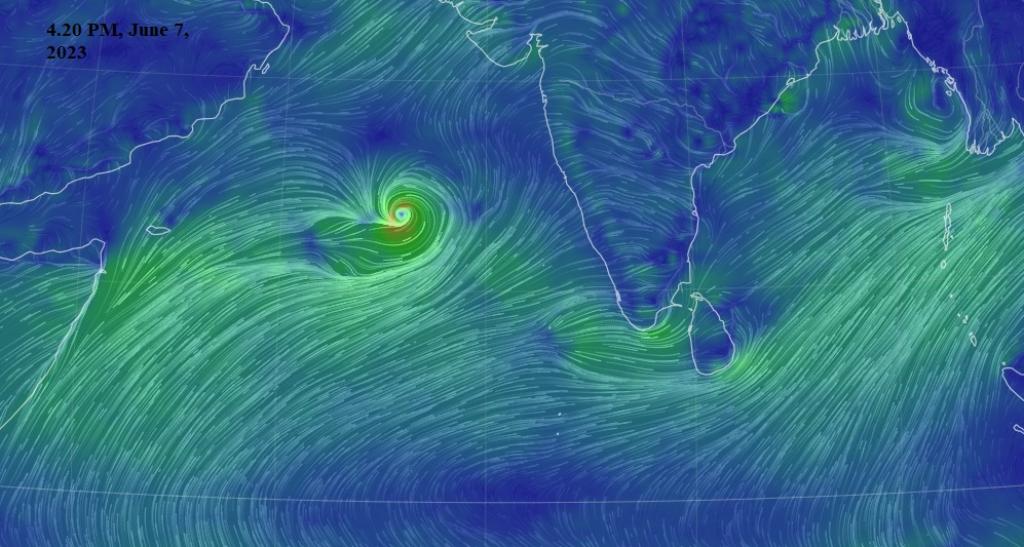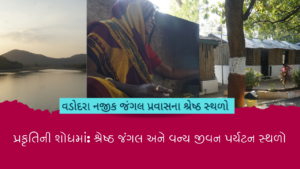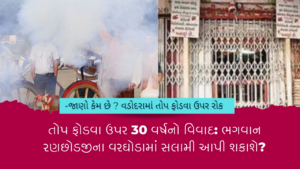We all received an alert being in the Western part of India, that a cyclone named ‘Biparjoy’ is forming in Arabian Sea which will affect the weather in Western Mainland of India. This is the second storm of 2023 North Indian Ocean cyclone season.
The cyclone, which may intensify into a Very Severe Cyclonic Storm, carries a fitting name as “Biparjoy,” pronounced as ‘Biporjoy’ in Bangla, meaning “disaster” comes from Bangladesh. The World Meteorological Organization (WMO) mandates the naming of cyclones to prevent confusion. The responsibility for naming cyclones in South and Southeast Asian countries lies with the India Meteorological Department (IMD), which compiled a list of 169 names in 2020 contributed by 13 nations. Biparjoy marks the transition to List 2 after exhausting all names from List 1.

This Regional Specialized Meteorological Center (RSMC) oversees 13 nations, namely India, Bangladesh, Iran, Myanmar, Maldives, Oman, Pakistan, Qatar, Saudi Arabia, Sri Lanka, Thailand, the United Arab Emirates (UAE), and Yemen.
Why are they named and how?
- Tropical cyclones in the Atlantic and Southern Hemisphere (Indian Ocean and South Pacific) are named in alphabetical order, alternating between men’s and women’s names.
- Northern Indian Ocean nations adopted a new naming system in 2000, using alphabetical lists country-wise with neutral gender names.
- National Meteorological and Hydrological Services propose the name lists, which are approved by regional tropical cyclone bodies.
- Naming storms helps with quick identification in warning messages and increases public interest and preparedness.
- Short, distinctive names are easier to remember and communicate than technical terms or numbers.
- Early storm names were arbitrary, but the practice of using feminine names for Atlantic storms began in the mid-1900s.
- The National Hurricane Center originated the Atlantic tropical storm name lists since 1953, now maintained by an international committee of the World Meteorological Organization.
- Men’s names were introduced in 1979, alternating with women’s names, with six lists used in rotation.
- Names may be removed from the list if a storm’s impact is significant or sensitive, and a replacement name is selected.
- Examples of infamous storm names include Mangkhut, Irma, Maria, Haiyan, Sandy, Katrina, Mitch, and Tracy.
Recent Update: Cyclone Biparjoy on June 11 and 12, coastal regions of Gujarat likely to experience rough to very rough seas.

















